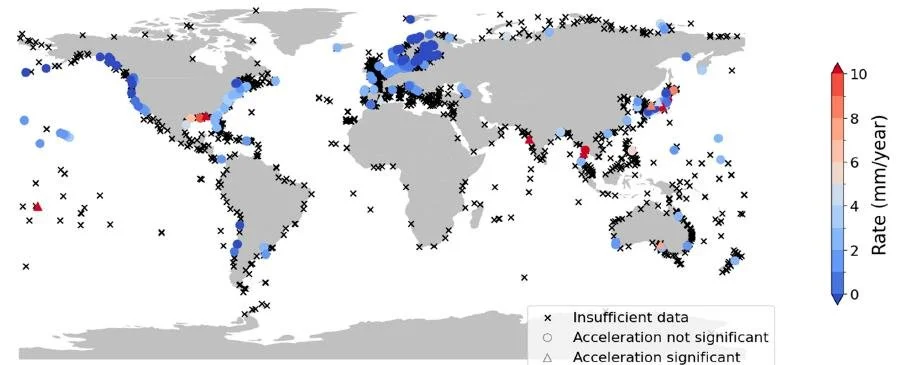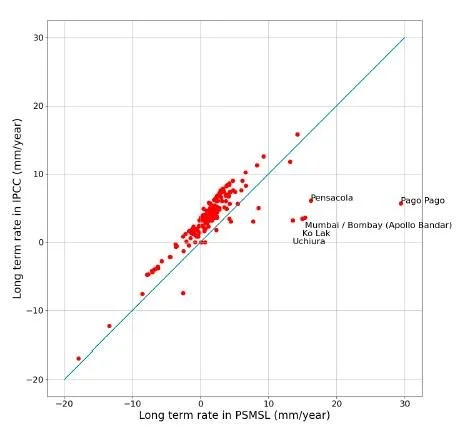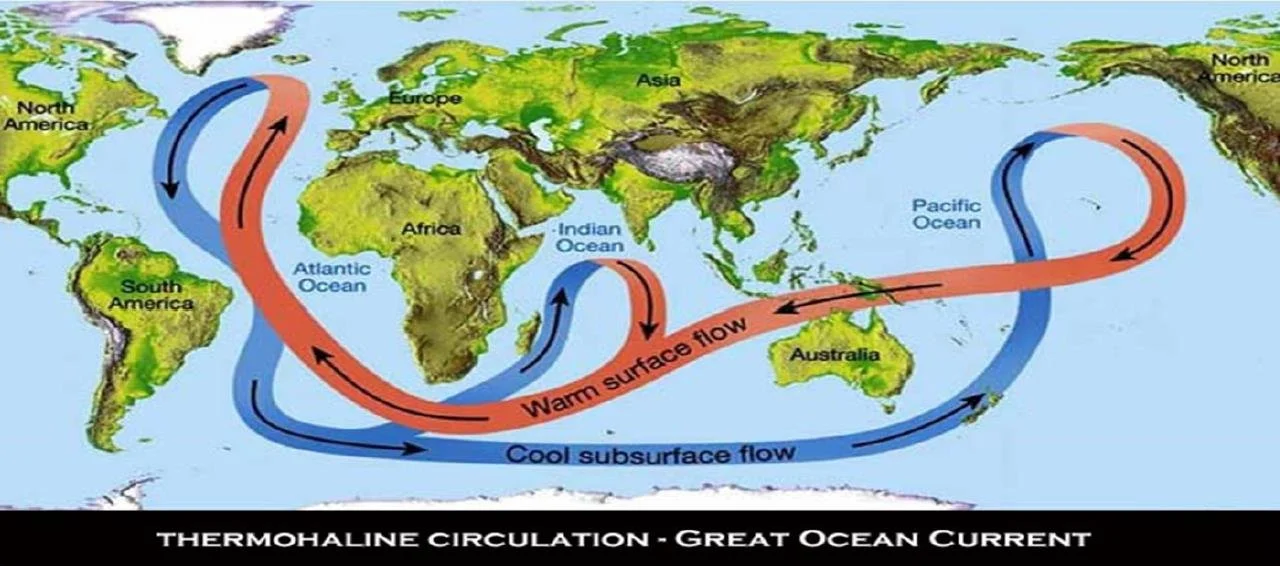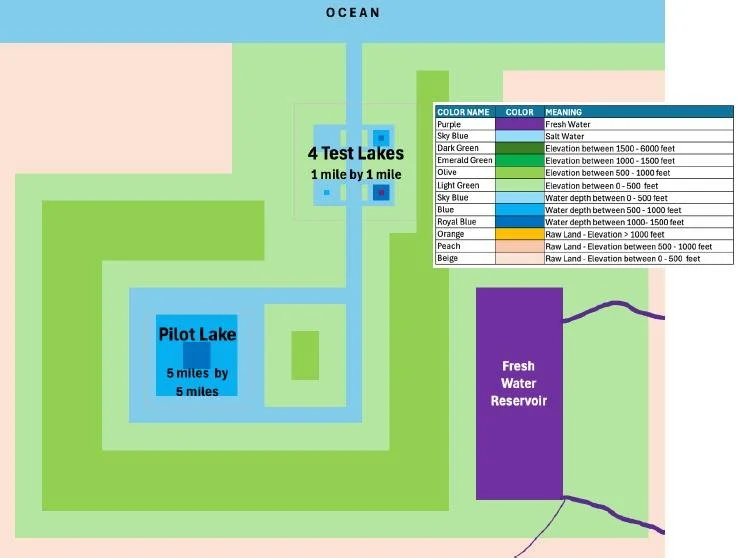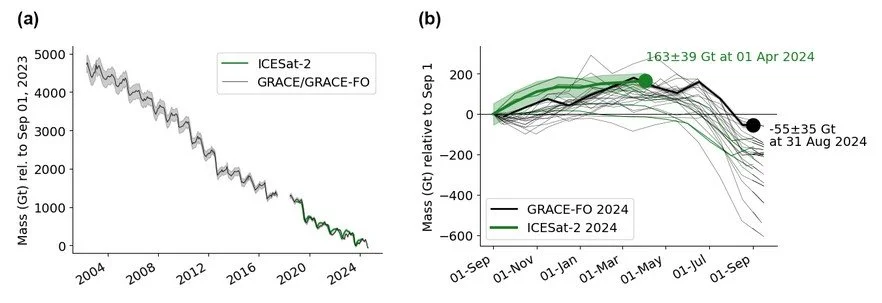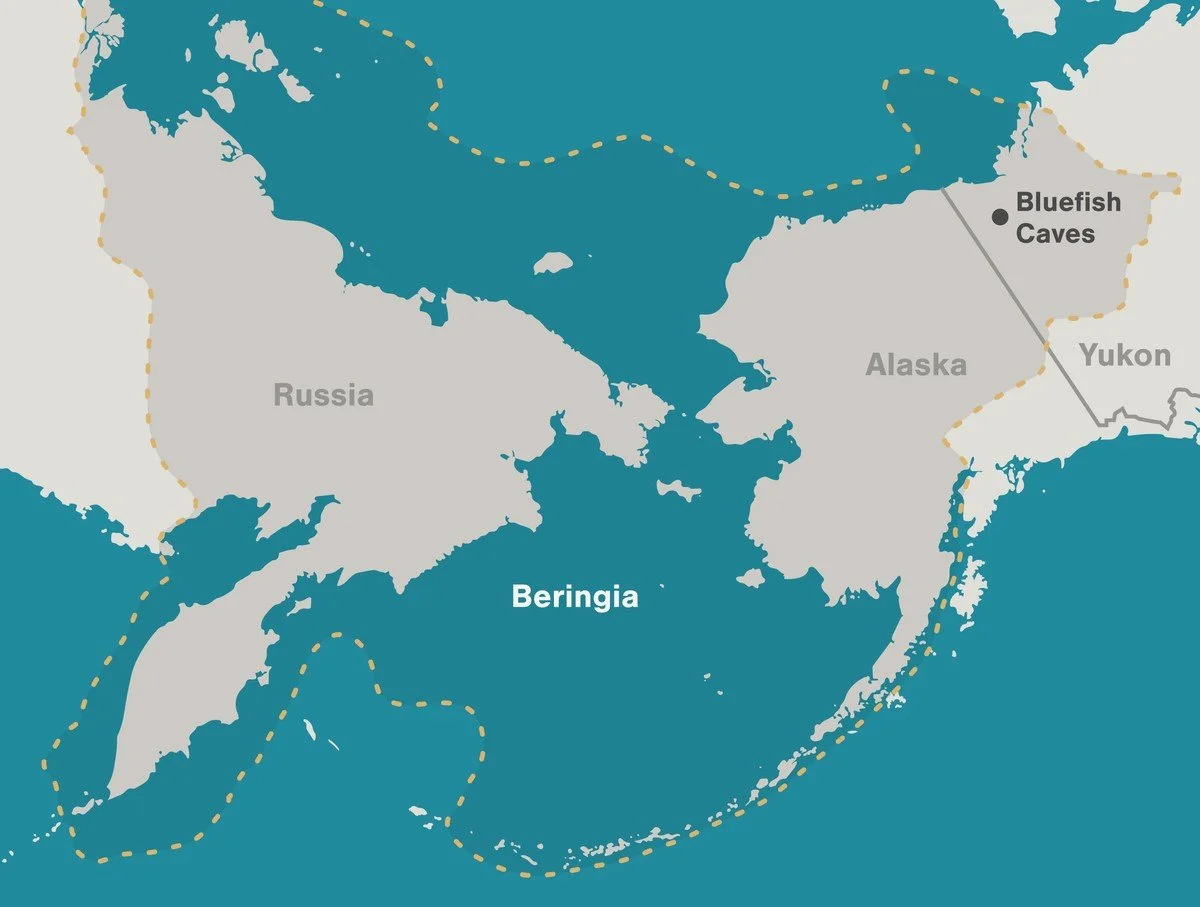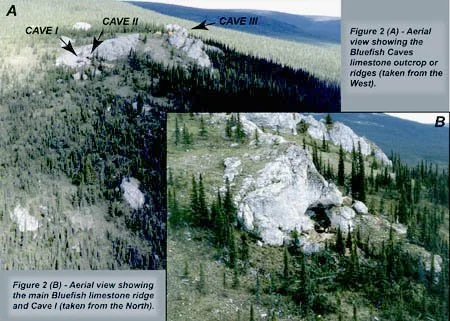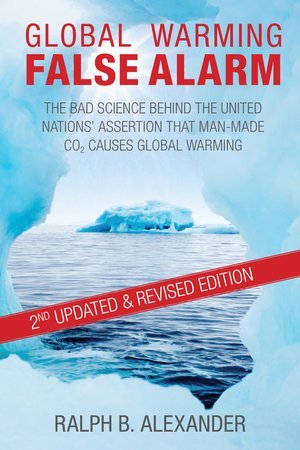Sea Ice Not Currently Shrinking at Either Pole
/To the surprise of many climate scientists, not only have the massive Antarctic and Greenland ice sheets stopped melting for now – as I recently documented (here and here) – but Arctic and Antarctic sea ice are not currently shrinking either.
As I discussed in an earlier post, the loss of Arctic sea ice has paused during the past two decades. Despite rising global temperatures, and contrary to alarmist projections of an ice-free summer by 2020, no statistically significant decline in Arctic summer minimum sea ice extent occurred between 2005 and 2024. Sea ice expands to its maximum extent during the winter and shrinks during summer months.
This unexpected trend has continued, with the minimum summer Arctic ice extent for 2025, reached on September 10, showing a slight uptick from 2024. The 2025 Arctic minimum extent is illustrated in the satellite-derived image on the left below.
The other two images above show the annual Arctic ice trend month by month, from January on the left to December on the right. The center image depicts the annual trend by year since 2014, while the image on the right compares 2025 with various intervals during the satellite era which began in 1979, and with the low-summer-ice year of 2012. The insets supply details about the ice extent on August 31, 10 days before this year’s minimum.
At the other end of the globe, Antarctic sea ice achieves its maximum in September during the southern winter and shrinks to its summer minimum extent in February. The left panel of the figure below shows a satellite image of the 2025 Antarctic maximum that occurred on September 18, just 8 days after the Arctic minimum. On the right is a 5-month plot of the ice extent for 2025 compared to 2024 and to the median extent from 1981 to 2010.
The historical behavior of Antarctic sea ice has been quite different from its North Pole counterpart. During the satellite era, rather than shrinking, the sea ice around Antarctica expanded steadily up until 2016, growing at an average rate between 1% and 2% per decade, with considerable fluctuations from year to year. But it took a tumble in 2017, as depicted in the figure below; this figure shows the February minimum, expressed as an anomaly relative to the 1981 to 2010 mean.
The overall trend from 1979 to 2025 is an insignificant 0.1% per decade relative to the mean. Yet a prolonged increase above the mean occurred from 2008 to 2017, followed by an eight-year decline since then. As can be seen in the graph, the summer ice minimum recovered briefly in 2020 and 2021, only to fall once more and pick up again in 2024 and 2025.
It appears that Antarctic summer sea ice extent has stabilized at a new, lower level over the past eight years. Yet the downward trend has sparked debate and several possible reasons for it have been advanced, not all of which are linked to global warming. One analysis attributes the big losses of sea ice in 2017 and 2023 to extra strong El Niños.
But a recent research paper paints a different picture. The mostly Australian authors point out that the abrupt decline in the Antarctic winter sea ice maximum since 2014 appears to have occurred 4.4 times faster than the decline in the Arctic sea ice maximum since 1979; the Antarctic winter sea ice loss over just the last decade is comparable to the winter sea ice loss in the Arctic over the whole 46 years of the satellite record. Both these effects are visible in part a of the figure below, in which the thin lines indicate possible linear trends.
Part b of the figure reveals that the decline in the Antarctic summer sea ice minimum since 2014 may have been 1.9 times faster than the summer sea ice decline in the Arctic since 1979. The researchers argue that the apparently more rapid decline in Antarctic summer sea ice, together with the fact that there is less summer sea ice surrounding Antarctica compared with the Arctic, means that if current trends were to continue, Antarctica could become essentially free of sea ice in summer sooner than the Arctic.
Such a regime change would have far-reaching consequences, they say, such as a feedback effect resulting in amplified Antarctic warming, and a slowing or collapse of the Antarctic Overturning Circulation – which in turn could induce more rapid melting of the Antarctic ice sheet.
However, the linear trends drawn in the figure above are misleading. The Antarctic summer sea ice minimum (thick blue line in b) should be compared with the previous figure, showing a pause in declining minimum ice extent since 2017. Likewise, the Arctic winter ice maximum (thick gold line in a) should be compared with the next figure, which shows the prolonged pause in Arctic sea ice loss between 2005 and 2024.
Next: Scientific Fraud Growing Exponentially






